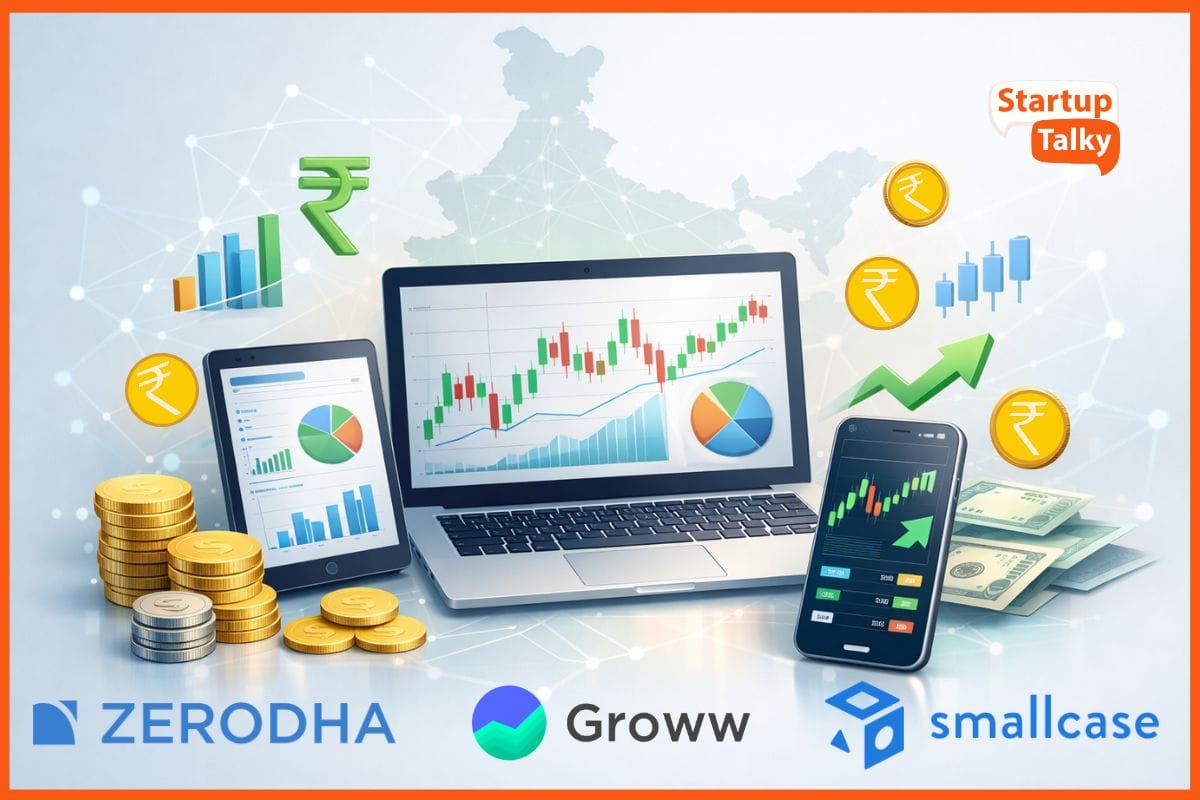Trends in Consumer Behavior Analysis
✍️ Opinions
This article has been contributed by Anubhav Pandey, Chief Strategy Officer, Consortium Gifts
Consumer behavior is all about the steps people take when deciding to buy and use a product or service. Thus, with the development of society, emergence of different cultures, economies grow, the nature of these decisions also transforms. Today consumers are driven by factors such as better lives, improved technology and a connected world. Understand and analyse these trends and shifts are very crucial for an effective marketing strategy. Let's take a look at some current trends that are impacting how consumers make decisions:
Artificial Intelligence and Machine Learning
AI and ML are slowly revolutionizing how corporate entities within the market analyze and forecast consumers’ behavior. This lack of focus on the details of purchasing decisions causes a shortfall when compared with traditional survey techniques, which may give less clear, less accurate, pictures of consumer behaviour. Whereas, AI and ML can present a better and accurate picture of the direction consumers are heading. It is possible to forecast follow up purchases the customer is likely to make, the frequency of such purchases, and even when the customer is likely to leave your website’s shopping cart. For example, the case of Netflix. Its recommendation system is based on a machine learning algorithm that suggests what kind of show or movie you might like to watch next.

Digital Convenience
Today’s consumer expects a convenient shopping experience facilitated by the increased cases of e-commerce. Amazon and Zomato are some of the modern platforms that have changed the approach to presenting products for sale and availability of products, where options like one-click purchase and ‘fifteen minutes delivery’ exist. These innovations have set standards of operations for consumers in different industries hence becoming the benchmark for businesses to follow.
Social Media Analytics
If we take India into consideration where there are over 800 million internet users, social media plays a strategic role for analysis of consumers. Social media analytics can be used to monitor customers’ attitude towards a particular brand, the general trends in the market, and even the sentiment of the public. Social media pioneers like Instagram and YouTube have tremendous influence over the buying behavior particularly among the youths. Research found that 63 per cent of Gen Z believe in Influencer marketing more than the typical brand commercials. It has further led to increase in influencer marketing since brands have allocated huge budgets for collaboration with social media influencers. Furthermore, SMM facilitates the analysis of social media sites and help business to market their products in the right way to the right audience.
Personalisation
Although personalisation was once an experimental concept, it has become mandatory in today’s marketing environment. The audience now wants specific experiences provided by brands that are unique to the individual. Often, through considering the user’s preferences, the companies that apply personalisation keep the attention of users longer, for instance, Netflix offers shows advisors, as well as Spotify offers users’ special compilations of tracks.
Machine learning based applications observe people’s behavior, thereby defining unique and passionate experiences. Such specificity of the approach is not only designed to improve the customer experience but also to compel him or her to return for the next consumption occasion. One can conclude that the more a brand focuses on personalization, the better it is for the brand’s relationship with its audience.
Data-driven Insights
Consumer behavior analysis has been revolutionised through data proliferation. A McKinsey study revealed that companies leveraging advanced analytics have seen a 20 per cent increase in customer satisfaction and a 15 per cent boost in revenue. Through text mining method unstructured data such as social media posts and customer reviews can be analysed to extract insights. It helps addressing the common pain points and has a scope of improving customer satisfaction by 25 per cent. There is also natural language processing or NLP which enables computers to understand and interpret human language, facilitating sentiment analysis and customer feedback analysis. Examining data points collected over a series of time is a great way to identify patterns and trends.
Social Proof
Word of Mouth influence through social media is rising to be a significant power that drives the consumers. Endorsements from fellow consumers especially within the social media platforms play a big role towards the sell of a product. On the other hand, negative comment may discourage the potential customers.
Data Visualisation and Storytelling
Data visualisation is an essential tool for understanding consumer behaviour. Interactive dashboards and infographics make complex data easy to digest, allowing businesses to spot trends and adjust strategies quickly. Real-time insights help companies stay agile, responding to market shifts as they happen. By presenting data in a visually appealing and accessible way, businesses can make more informed decisions. Data visualisation also enables companies to communicate insights across teams, driving collaboration and encouraging data-driven decision-making at all levels.
Neuromarketing and Biometrics
These are one of the most advanced form of tools. These methods include electroencephalography to measure brain activity to understand emotional responses and cognitive processes to identify most effective advertising stimuli and assess brand perception. The eye-movements can also be tracked and analyse to decode the areas of interest and attention. It is also helpful in revealing which elements of a website or ad are most engaging and inform design decisions. Marketers also use galvanic skin response as a strategy to measure physiological changes, such as sweating, to assess emotional arousal. It gives insights to emotional impact of marketing campaigns and identify products that evoke strong emotional responses.

Consumer Journey Mapping and Analytics
Identifying all interactions between a customer and a brand is crucial. A previous Bain & Company study established that companies that mapped their customer journeys have witessed a 25 per cent increase in customer satisfaction as it can identify pain points, optimize experiences, and increase loyalty. Businesses now also perform a behavior flow analysis by studying the sequence of customer actions and decisions to reveal the hidden patterns, identify bottlenecks, and inform marketing strategies. Another very useful tool in mapping consumer journey are heatmaps, which basically visualise customer engagement with websites and apps. The role of heatmaps in optimizing website design, improving user experience, and increasing conversions is crucial.
Ethical Considerations and Data Privacy
The post-cookie era is encouraging a new age of privacy-first marketing. While collecting consumer data is essential to analyse consumer behavior, it is also important to implement policies and procedures to ensure data quality, security, and compliance. We are at a stage where every business need to prioritise transparency, consent and ethical data practices to succeed and grow. Hence, consent in the king here. To increase transparency and trust, it is crucial to obtain customers’ clear consent for gathering and using their data. Data anonymisation and pseudonymisation are useful methods to avoid data leakage and safeguard customers’ private data. Privacy-preserving technologies like differential privacy and privacy-preserving measurement can be utilised to enable brands to measure campaign effectiveness and analyse user data without compromising individual privacy, ensuring that marketing efforts remain both effective and ethical.
Conclusion: The Human Touch
While technology plays a pivotal role in analysing consumer behaviour, maintaining a personal connection remains essential. Brands that combine data-driven strategies with genuine empathy and meaningful interactions can stand out in today’s crowded marketplace. Balancing innovation with a human touch is the key to building strong, lasting relationships with consumers. As technology continues to evolve, businesses must adapt while keeping the customer at the heart of everything they do.
Must have tools for startups - Recommended by StartupTalky
- Convert Visitors into Leads- SeizeLead
- Website Builder SquareSpace
- Manage your business Smoothly Google Business Suite






